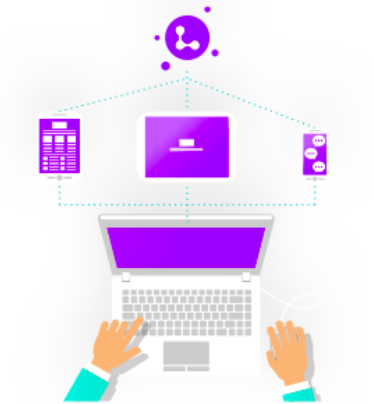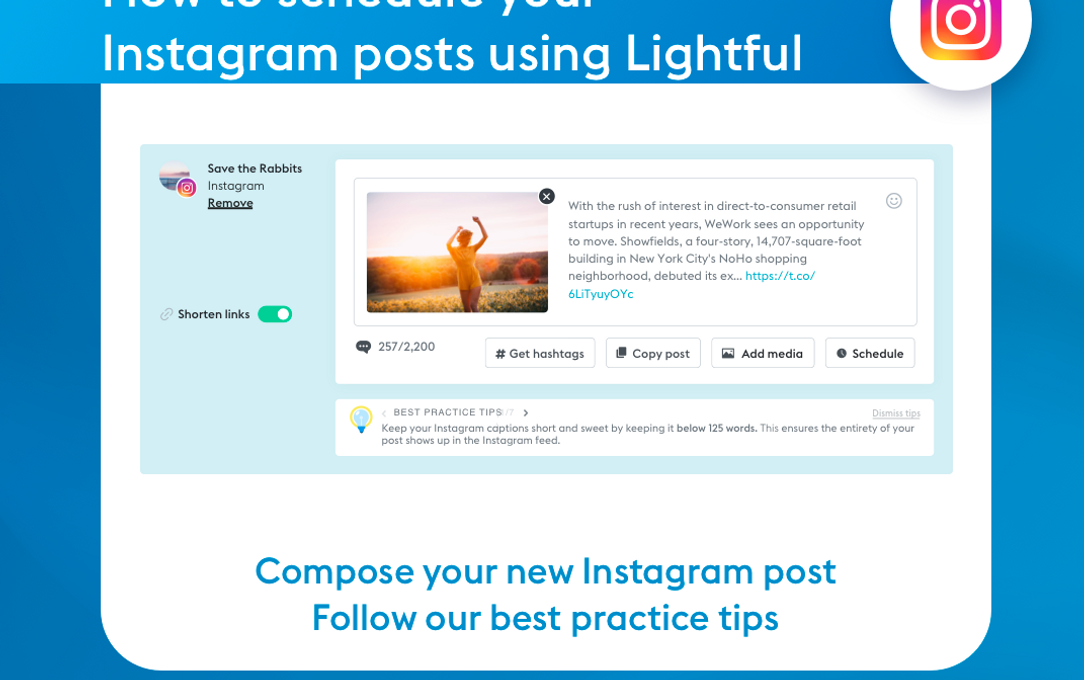Facebook advertising for charities: how to set up ads as part of your supporter journey

Here’s part 2 of our series on Facebook Adverts. Missed Part 1? We recommend you read it first, so here it is – A guide to designing your first ad.
Facebook advertising can be very useful for your charity, especially if you combine it with your wider supporter journey. Facebook ads can help your organisation:
- Raise awareness
- Improve engagement
- Promote events
- Recruit new donors
- Re-engage with existing donors
A common mistake that we see charities make is thinking of Facebook ads as a stand-alone channel, as this invariably leads to disappointing results and misleading insights about the value of this incredible acquisition channel. Facebook ads work best when they’re incorporated into your supporter journeys and campaign planning.
Not only can they help you achieve your objectives, they can also help you to see the bigger picture in your digital strategy.
So, how can you use Facebook ads to increase your campaign’s impact and inspire your audience members through to the end of a supporter journey – I hear you ask?
Here’s everything you need to know.
Incorporating Facebook ads in your supporter journey
Think of Facebook ads as a new acquisition channel that allows supporters to start a new seamless journey.
Your supporter journey is a funnel. It starts with the awareness stage where you boost the messaging about your cause, then proceeds to the stage of acquisition and engagement with your new supporters and finally you move towards conversion and stewardship, where you’re turning supporters into your ambassadors and your donors.

Funnel: Awareness, Acquisition & Engagement, Conversion, Stewardship & Transparency
An inverted pyramid can present these in a more visual way to show the importance of reaching lots of people to ensure that a percentage of them continues engaging with you to the next levels.
You need to work across all of the stages in order to keep your audience interested and engaged in your posts. This is where Facebook ads can really work alongside your organic posts and help you across all the stages with the use of different ads for each purpose:
- Awareness: The most effective place to reach potential supporters, and build awareness of your cause is where they are. Create a Facebook ad that promotes your work in order to raise awareness and to reach to a new audience. You can also adjust the targeting (through ‘interests’ or ‘lookalike audiences’) to reach people who are most likely to be interested in learning more.
- Acquisition & Engagement: Facebook can be an incredibly cost-effective way to reach and acquire participants for your community and fundraising events. By combining email marketing and automation with social media journeys, charities can provide a frictionless, more personal experience. This approach means more support and engagement, and fewer abandoned journeys.
- Conversion: You can create Facebook ads that aim to turn your audience into new donors. Whether they are already engaged, or not, your ads can be split into different levels of engagement to find new donors. For example, your ad can promote both your campaign and all the different ways your new supporters can support it. Moreover, you can also target people who donated to your cause in the past in an attempt to re-engage with them. This is a useful tactic to reach your audience without necessarily spending a big budget in the way that you would in more traditional outreach methods.
- Stewardship & Transparency: Your Facebook ads can help you build relationships – with personal touches – to keep donors up-to-date about your campaign or event’s success and to show them the impact of their contribution.

Facebook ads can help you build your messaging around your personas to ensure that you’re targeting the right audience with the right copy.
Personas are fictional characters that represent your target audience. You can have multiple personas depending on your messaging, your goals, and your targeting.
You can use your existing personas to create ads that involve relevant creatives, copy and messaging that resonates with your audience. By doing this you will increase your chance of success.
Moreover, you can even use Facebook ads to test a new persona by finding out which variations of your ads and your messaging lead to more successful results.
How Facebook ads can (practically) fit into your journeys
Facebook ads can help you:
- Find new donors
- Recruit new event participants
- Convert through gaining petition signatures (as an example)
All of these require different journeys. For example, if you want to use Facebook ads in your donor journey, you can split your actions into three different categories:
- Capture Interest – target a new audience and grab their attention
- Nurture Interest – start engaging with your supporters to build a relationship
- Convert Interest – turn their interest into action by leading supporters to your website
As with every journey, there needs to be a smooth transition from one step to the next to avoid losing your new audience before they reach the stage of conversion. To do this, your content needs to be authentic, useful, visually delightful, consistent, and compelling.
5 tips to consider when setting up your Facebook ads
Right when you start setting up your ads and their role in your donor journey, it’s useful to pay attention to these five points to make your strategy more effective.
- Set up Facebook’s Pixel for conversion – If you want to keep track of the number of people who visited your site through Facebook ads, you need to install Facebook’s pixel. It’s a code that you add to your website to help Facebook verify the people who access your site after clicking on your ads. It’s easy to install without having any advanced technical knowledge.
- Don’t ignore GDPR when focusing on lead generation – If you want to create ads for lead generation, then you need to ensure that you comply with GDPR. Facebook makes it easy to gain new signups through a mobile form, so all you need to do is to be explicit on consent.
- Keep an eye on analytics – Once you start creating your first ads, keep an eye on how they’re performing, what’s working and what can be improved. A closer eye on your data can provide valuable insights.
- Make the most of your budget – You don’t need to have a big budget to find success with Facebook advertising. In fact, even a small budget can be an easy and cost-effective way to achieve your marketing and fundraising targets.
- Test and learn – There’s no perfect formula to create successful ads. Keep evaluating their success and be ready to adjust your campaigns when needed.
Now you’re ready to start putting these tips into practice!
Need help with your digital marketing or campaign strategy or want to know how Facebook ads could work for your organisation? Our Lightful Services team can help you reach and inspire new audiences, and make your campaigns more effective.
Latest articles

In a world of growing uncertainty, small and local non-profit organisations often find themselves with competing priorities and struggle to plan how to allocate their available resources. Despite the increasing demand for their vital work, they are not always able to allocate the funds they receive to strategic planning and future growth.

As the world becomes more digitally-focused, it’s essential for nonprofits to have a digital presence. With more and more options for online engagement, we know that this can be challenging for nonprofits to tackle. But, we also know that it is a huge opportunity to increase audience engagement, awareness and fundraising. To help nonprofits navigate this, we’re going to explore the “whys” and “hows” of creating a nonprofit digital strategy. We’re even providing a free digital strategy canvas to help nonprofits improve their online presence in just a few steps.
Related posts

Facebook recently announced that they are removing Facebook Analytics. Facebook Analytics was a tool that allowed individuals to see how their Facebook followers were interacting with their pages and content. As of June 2021, it is no longer available, but what does this mean for your organisation and your social media data?

Instagram is a visual channel that helps you build an engaged community of people who are following your cause.
See who we help
Contact us
Want to learn more?
Email Jonathan and start a conversation





